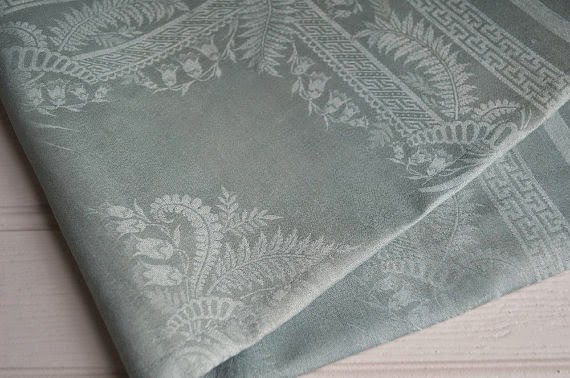As I began to unwind the outer layers, the jewel colours were gradually revealed - fabulous shades of gold and tangerine, ivory and emerald, ebony and ruby red as well as tan, mink and cobalt blue. The bobbins,as you would expect, are showing signs of wear, but they will have been in use for over 100 years for the most part. They are really wonderful pieces of Scottish textile history.
Once the outer layers were discarded the yarns beneath are just as vivid as they day they were wound onto the bobbins. There is still plenty of vintage thread which could be used for all sorts of different projects. I think I would prefer to keep them intact and used them as interesting decorative pieces.
They would also make great additions to the collection of an antique haberdashery lover. These really are gems reflecting the rich textile history of the area.
At least it has been possible to rescue just a small part of the contents of the place. The bobbins will be on the website soon, so not too long to wait to be able to own just a little piece of the industrial heritage of Scotland. Granny Black would have loved to help unpack the box!












